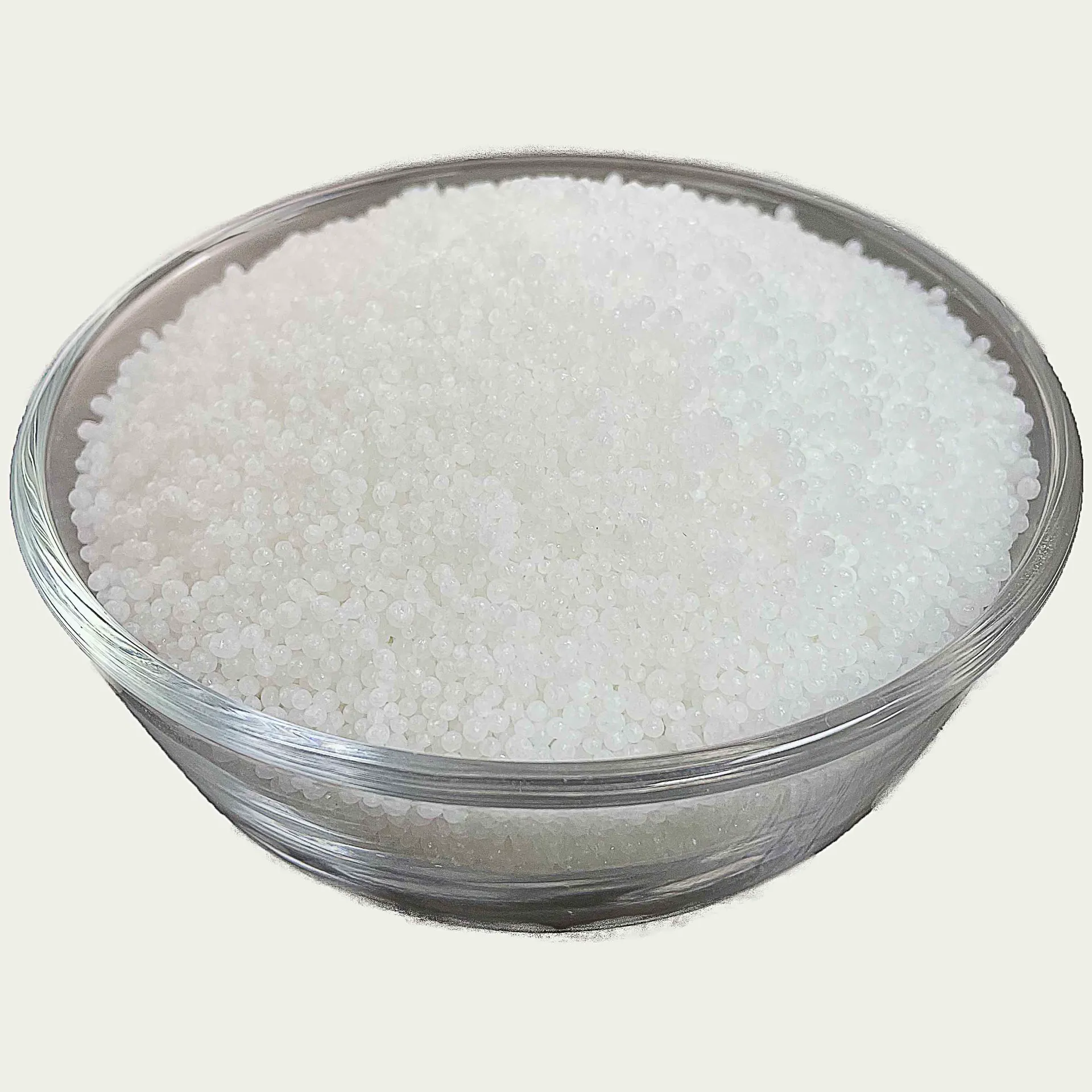
Dec . 24, 2024 02:53 Back to list
urea nitrogen 46 0 0
Understanding Urea Nitrogen 46-0-0 A Comprehensive Overview
Urea nitrogen 46-0-0 is a widely used nitrogen fertilizer that plays a crucial role in modern agriculture. With its high nitrogen content, this fertilizer delivers essential nutrients to plants, promoting robust growth and high yield. In this article, we will explore the composition, benefits, application methods, and environmental considerations associated with urea nitrogen 46-0-0.
Composition
Urea nitrogen, often referred to simply as urea, contains 46% nitrogen in its chemical structure. The 46-0-0 designation signifies that the product is composed entirely of nitrogen, with no phosphorous (P) or potassium (K). This makes urea particularly valuable for crops that require significant nitrogen input. The nitrogen in urea is readily available to plants, allowing for quick absorption and utilization.
Benefits of Urea Nitrogen 46-0-0
1. High Nitrogen Content Urea's 46% nitrogen concentration is one of the highest among nitrogen fertilizers, making it a cost-effective solution for farmers seeking to enhance crop performance.
2. Versatile Use Urea can be applied to a variety of crops, including grains, vegetables, and fruits. Its adaptability makes it a staple in many agricultural practices.
3. Soil Health Improvement By promoting healthy plant growth, urea indirectly supports soil health. Healthy plants contribute to improved soil structure, which enhances water retention and nutrient availability.
4. Easy Application Urea can be applied in several ways, including broadcasting, banding, and through foliar sprays. This flexibility allows growers to select the most effective method for their specific crops and soil conditions.
5. Cost-Effectiveness Urea nitrogen is often less expensive than other nitrogen sources, providing an economical option for farmers looking to optimize their production costs while ensuring adequate nutrient supply.
Application Methods
urea nitrogen 46 0 0

Effective application of urea nitrogen is critical for maximizing its benefits. Here are some common methods
1. Broadcasting This involves spreading urea granules over the entire field. It is essential to follow up with irrigation or rainfall to ensure the fertilizer dissolves and penetrates the soil.
2. Banding In this method, urea is applied in concentrated bands or strips, usually near the root zone of the plants. This method minimizes nitrogen loss to volatilization and improves uptake efficiency.
3. Topdressing This involves applying urea on the soil surface during the growing season, typically when nitrogen demand is high. Proper timing is crucial to prevent nitrogen loss through volatilization.
4. Foliar Application Urea can be dissolved in water and applied directly to plant leaves. This method is effective for quick nitrogen availability, especially in situations where plants exhibit nutrient deficiency symptoms.
Environmental Considerations
While urea nitrogen 46-0-0 offers numerous benefits, it is crucial to consider its environmental impact. Improper application can lead to nitrogen runoff, which can contaminate waterways and contribute to problems like algal blooms. Additionally, when urea is not properly incorporated into the soil, it can undergo volatilization, releasing ammonia gas into the atmosphere.
To mitigate these risks, farmers should adopt best management practices, such as
- Applying urea at the right time to align with crop nutrient needs. - Using suitable application techniques to minimize losses. - Incorporating urea into the soil as soon as possible after application. - Employing split applications to match the growing season's nutrient demand.
Conclusion
Urea nitrogen 46-0-0 is a highly effective fertilizer that can significantly enhance agricultural productivity. With its high nitrogen content, versatility in use, and cost-effectiveness, it remains a favored choice among farmers. However, mindful application and management are essential to minimize environmental impacts and optimize plant health. Through responsible use, urea nitrogen can continue to support sustainable agricultural practices and meet the growing food demand of a world population. By understanding its characteristics and adhering to best practices, growers can harness the full potential of urea nitrogen 46-0-0 in their farming operations.
-
Premium Amino Acid Fertilizer | Rapid Plant Growth Booster
NewsJul.31,2025
-
10 10 10 Fertilizer Organic—Balanced NPK for All Plants
NewsJul.30,2025
-
Premium 10 10 10 Fertilizer Organic for Balanced Plant Growth
NewsJul.29,2025
-
Premium 10 10 10 Fertilizer Organic for Balanced Plant Growth
NewsJul.29,2025
-
Premium 10 10 10 Fertilizer Organic for Balanced Plant Growth
NewsJul.29,2025
-
50 Pound Bags of 13-13-13 Fertilizer for All Plants – Bulk & Organic Options
NewsJul.28,2025
